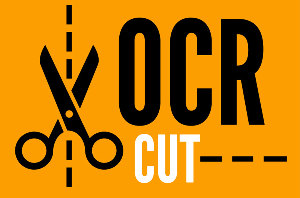
Kiwibank was first cab off the rank and had clearly just been waiting on RBNZ before pushing the button and cutting its floating rate from 8.5% to 8.25% while ASB also cut its fixed-term rates by between 10 and 34 basis points – the latter was its 18-month rate which dropped to 6.15% from 6.49% previously.
RBNZ cut the OCR from 5.5% to 5.25% after saying in May that a further hike was possible and that the first cut wouldn't happen until about this time next year.
Westpac chief economist Kelly Eckhold says RBNZ's decision “leaves us comfortable with our forecast of two further 25bp cuts in October and November.”
That's somewhat ahead of RBNZ's OCR track – it has it dropping to 4.9% in the December quarter, implying one-and-a-bit cuts.
BNZ head of research Stephen Toplis says he's sticking with his view that RBNZ will cut a further 25bp in October, although he notes some in the market believe RBNZ will soon be forced to moving “in 50-point licks.”
“Barring some disastrous partials, or a global shock, a 50-point cut would seem unlikely,” Toplis says.
RBNZ held its quarterly consumers price index (CPI) forecasts unchanged for all of 2025 and 2026 but lowered its quarterly OCR projections through those years by as much as 120bp.
For example, it now expects a 4.1% OCR in the September quarter next year, well below the 5.4% rate it forecast in May.
Toplis says the big difference between May and now was “a significant change in their view on the output gap – the short-term growth numbers were slashed.”
RBNZ now expects GDP in the June quarter fell 0.5% - we won't get the official data until Sept 19 – and that it will have contracted another 0.2% in the current quarter before growth resumes again from early next year.
ANZ's chief economist, Sharon Zollner, says “a binary switch” has clicked over and points to the June quarter CPI which showed widespread subsidence in inflationary pressures and that RBNZ is “betting the house” on that.
The CPI came in at 0.4% in the June quarter, bringing the annual rate down to 3.3% from 4% previously.
Only time will tell how much of that was noise and how much was signals. “The RBNZ has punted on a lot of it being signals,” Zollner says.



Comments
No comments yet.
Sign In to add your comment